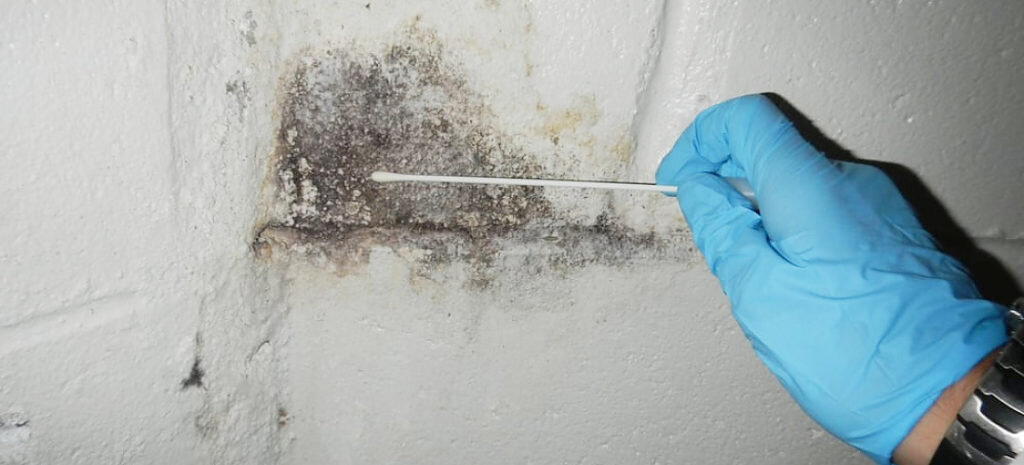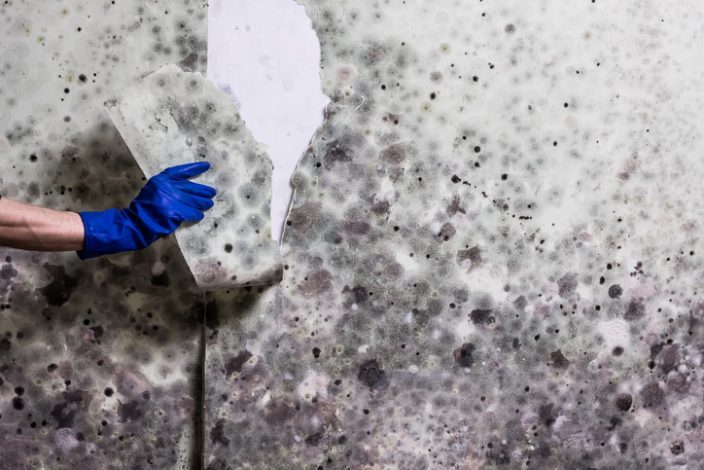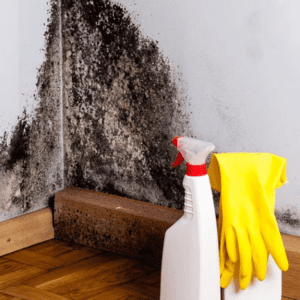Crafting a Detailed Post Mold Remediation Report
Your Ultimate Overview to Blog Post Mold And Mildew Removal Techniques
In the aftermath of mold and mildew problem, understanding how to efficiently eradicate the mold and mildew and prevent its reoccurrence is paramount for keeping a healthy and balanced indoor environment. From picking the ideal cleaning and decontaminating approaches to carrying out techniques for long-lasting mold and mildew prevention, each action in the removal journey plays an important duty in ensuring an effective result.
Recognizing Post-Mold Remediation Refine
After completing the mold and mildew remediation procedure, it is crucial to comprehend the post-mold removal strategies that are essential to ensure a reliable and thorough cleaning. As soon as the mold has actually been gotten rid of, the following action entails cleansing and sanitizing the affected areas to avoid any regrowth of mold. This consists of using specialized cleansing representatives to wipe down surface areas and eliminate any type of continuing to be mold and mildew spores. It is vital to dry out the area entirely to inhibit the growth of mold in the future (what to do after mold remediation). Appropriate ventilation and dehumidification can help in this procedure.
In addition, performing a last assessment post-remediation is crucial to ensure that all mold and mildew has actually been effectively removed. If the assessment exposes any sticking around mold and mildew, added remediation may be necessary.
Effective Cleansing and Sanitizing Methods

Stopping Future Mold Growth

Importance of Correct Air Flow
Correct ventilation plays an important role in preventing wetness accumulation, an essential factor in mold and mildew development within interior atmospheres. Reliable ventilation systems assist remove excess humidity from the air, lowering the chances of mold and mildew spores finding the dampness they need to spread and sprout. Without ample air flow, indoor rooms can become a reproduction ground for mold, resulting in possible wellness threats and structural damages.
By making sure correct air circulation, ventilation systems can additionally help in drying out wet locations quicker after water damage or flooding occurrences, even more deterring mold and mildew growth. Post Remediation verification. In areas like shower rooms, basements, cooking areas, and attic rooms where dampness levels tend to be higher, installing and preserving efficient ventilation systems is vital in avoiding mold and mildew infestations

Monitoring and Upkeep Tips
Provided the essential duty that proper ventilation plays in protecting against mold and mildew growth, it is vital to establish effective tracking and upkeep pointers to ensure the continued performance of ventilation systems. Normal evaluations of ventilation systems need to be conducted to inspect for any type of signs of obstructions, leaks, or malfunctions that could restrain correct airflow. Surveillance moisture degrees within the residential or commercial property is additionally critical, as high moisture can add to mold growth. Setting up a hygrometer can aid track humidity levels and sharp homeowners to any kind of spikes that might need focus. Furthermore, making sure that air filters are on a regular basis cleaned up or replaced is important for keeping the effectiveness of the air flow system. Applying a routine for regular upkeep jobs, such as air duct cleaning and a/c system examinations, can help avoid concerns prior to they rise. By remaining conscientious and aggressive to the problem of ventilation systems, building owners can successfully mitigate the threat of mold and mildew regrowth and maintain a healthy and balanced interior atmosphere.
Final Thought
Finally, post-mold removal methods are necessary for making sure a clean and secure setting. Recognizing the process, implementing efficient cleaning and disinfecting approaches, avoiding future mold and mildew growth, maintaining proper ventilation, and routine monitoring are all critical steps in the remediation procedure. By adhering to these standards, you can successfully remove mold and avoid its return, advertising a healthy and balanced living visit this website or working area for all residents.
In the results of mold problem, knowing just how to properly remove the mold and mildew and prevent its reoccurrence is vital for keeping a healthy indoor atmosphere. As soon as the mold and mildew has been gotten rid of, the next action includes cleaning and sanitizing the affected areas to avoid any regrowth of mold and mildew - After mold remediation. After getting rid of visible mold development, it is vital to cleanse all surfaces in the afflicted location to remove any continuing to be mold and mildew spores. To additionally enhance mold avoidance actions, it is crucial to address underlying concerns that initially led to mold development.Offered the vital duty that appropriate ventilation plays in avoiding mold and mildew growth, it is necessary to develop effective monitoring and maintenance ideas to best site ensure the continued functionality of ventilation systems